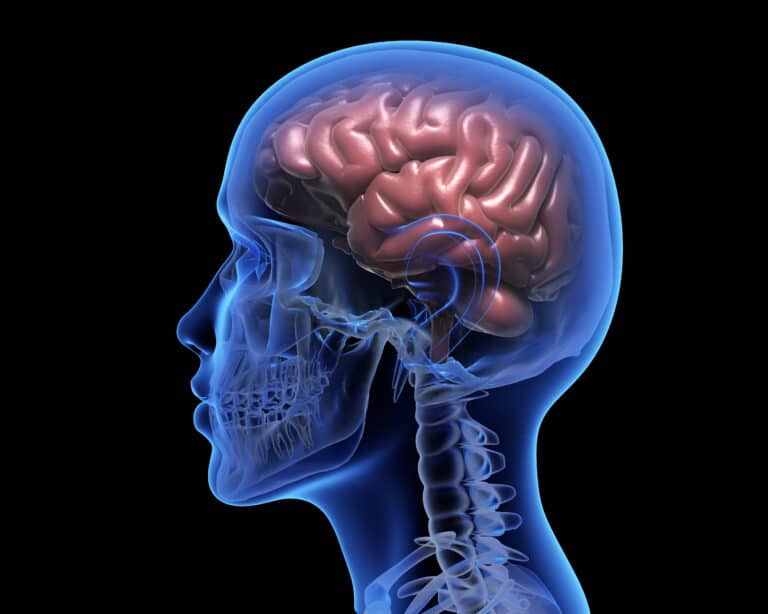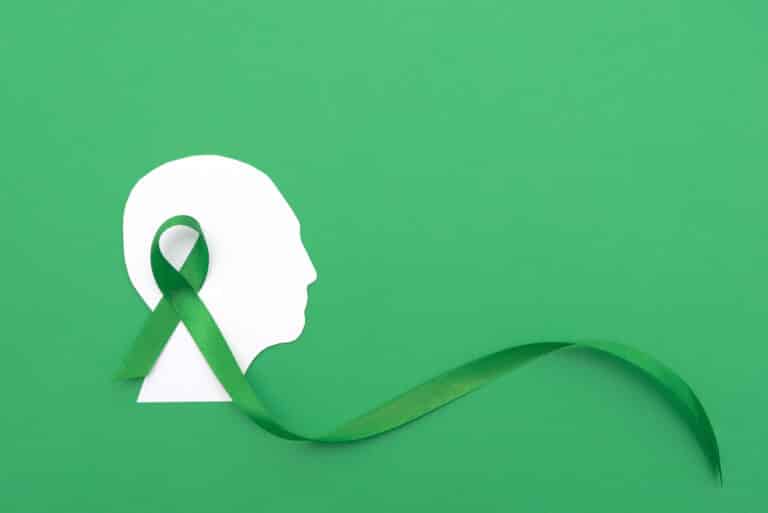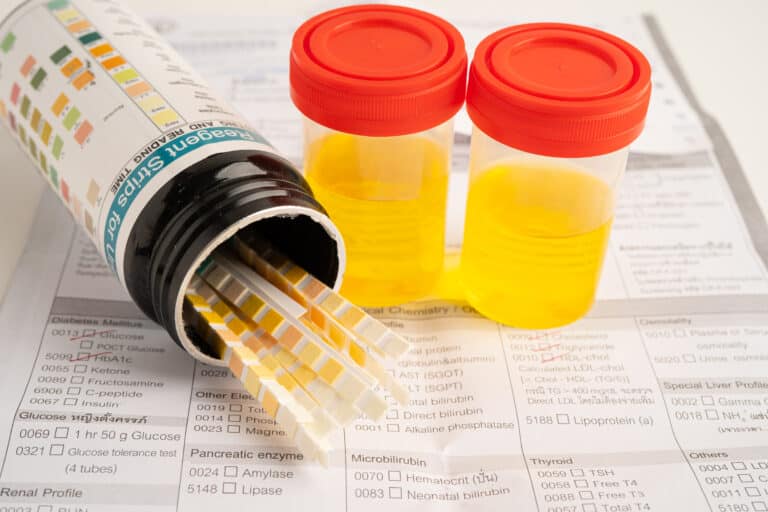Hallucinations, delusions, and disorganized speech. These are just a few of the symptoms of schizoaffective disorder. If the name and symptoms seem similar to schizophrenia, it’s because they are.
The major difference is that mood is a dominant part of schizoaffective disorder. A diagnosis doesn’t have to be devastating. Schizoaffective Disorder treatment can improve your daily life and reduce symptoms.
The key to successful treatment is early diagnosis. It is important to know the signs and symptoms of Schizoaffective Disorder. This will allow you to explore treatment options early. Read on to learn more.
What Is Schizoaffective Disorder?
Schizoaffective Disorder is a rare type of mental illness that affects 0.3% of Americans. It is a chronic condition with symptoms like those associated with schizophrenia. It also involves mood distortion.
There are two types of Schizoaffective Disorder:
Bipolar – Involves periods of mania. These often alternate between feelings of excitement to extreme irritability. It can also include major depression.
Depressive – This type only includes major depressive episodes.
The disorder affects both women and men but men are more likely to develop it earlier in life.
Signs and Symptoms of Schizoaffective Disorder
Symptoms of Schizoaffective Disorder will vary from one person to another. These will also depend on the type of disorder. They may include:
- Delusions
- Depression
- Hallucinations, including hearing voices
- Unusual or odd behavior
- Impaired speech or incoherent communication
- Episodes of manic moods
The periods of manic moods may include not sleeping for several days. This is often due to an increase in energy. It’s sometimes accompanied by behavior that seems out of character.
Unfortunately, these symptoms also affect the patient’s ability to function socially. This is often evident at work or school. Patients may also have problems managing their personal care. This is often reflected in their physical appearance. It can affect their level of cleanliness as well.
Diagnosing Schizoaffective Disorder
Diagnosis of Schizoaffective Disorder starts with ruling out other reasons for the symptoms. The symptoms of the disorder are similar to other mental health issues. Symptoms can also be a result of medication, other medical conditions, or substance abuse.
In addition to ruling these out a physician may do the following:
A Physical Exam
A physician performs a physical exam to check for related complications. He/She will also look for other problems that may be causing these symptoms. This helps to rule out other conditions.
Psychiatric Evaluation
A mental health professional or doctor will ask the patient-specific questions about substance abuse, moods, hallucinations, delusions, and thoughts. Some of these responses will assist in determining the patient’s potential for suicide. During the course of the evaluation, the doctor will also observe the patient’s demeanor and physical appearance.
Screenings and Testing
These usually involve tests that rule out other conditions. It will also include alcohol and drug screenings. Some doctors may also opt to have a CT or MRI scan to review the patient’s brain activity images.
Diagnostic Criteria
The American Psychiatric Association published a Diagnostic and Statistical Manual of Mental Disorder (DSM-5). The examining doctor may use the criteria listed in this to help diagnose the disorder.
Types of Schizoaffective Disorder Treatment
Schizoaffective Disorder Treatment guidelines will vary based on the type of disorder and the severity of the symptoms. It usually involves a combination of psychotherapy, medication, and training in life skills. Some patients may also require hospitalization.
Psychotherapy
A Schizoaffective Disorder Treatment plan may include various types of psychotherapy such as:
Individual Therapy – These sessions usually focus on real-life problems, relationships, and future plans. It provides general coping strategies for day-to-day living. The trust built during these sessions helps patients understand their disorder.
It also helps them learn how to manage their symptoms. This type of therapy can help reduce symptoms and encourage normal thought patterns.
Group Therapy – This type of therapy helps patients connect with others with the same disorder or related conditions. This goes a long way in alleviating their feelings of exclusion. It’s an opportunity for them to share their experiences and challenges. The sessions can also help them develop coping mechanisms.
Family Therapy – This allows loved ones or family members to learn more about the condition. It gives them tools to help them provide support. Social support of patients with Schizoaffective Disorder helps them be more positive about their ability to cope with their condition.
New treatment for Schizoaffective Disorder might include art therapy, animal therapy as well as Cognitive-Behavioral Therapy (CBT).
Medication
Physicians use Schizoaffective Disorder medication to treat the condition’s symptoms. Symptoms can be mood-related or psychotic. A physician will use medication to treat each type of symptom. This may involve:
Antidepressants – If a patient is experiencing depression, antidepressants can help manage this. It helps with feelings of hopelessness, sadness, and any difficulty concentrating or sleeping.
Antipsychotics – Paliperidone (Invega) is the only antipsychotic drug approved by the Food and Drug Administration (FDA) for the treatment of Schizoaffective Disorder. Physicians might include other antipsychotic medications as part of the treatment. These can help manage symptoms such as hallucinations and delusions.
Mood-Stabilizers – This is usually prescribed for bipolar type Schizoaffective Disorder. These help to control the highs of the manias as well as the lows of the depression.
Training in Life Skills
This is an important aspect of treatment. The disorder affects the patient’s ability to care for their basic needs and communicate effectively. This training can help. These skills taught will include:
Social Training – This helps to improve social interactions. The patient is better able to get involved in day-to-day activities. These skills also help to improve their communication skills.
Vocational and Employment Training – This training helps patients keep their current jobs. It also helps them prepare for interviews when seeking employment.
Life Beyond Schizoaffective Disorder
A diagnosis of Schizoaffective Disorder may create feelings of uncertainty. You may wonder if you can ever live a normal life.
Diagnosis is the first step to ensuring you can still have a fulfilling life. It carves the way for effective Schizoaffective Disorder Treatment. Southern California Sunrise Recovery Center provides for this and other mental disorders. We give you personalized treatment to help reduce and manage your symptoms. Contact us today to start your life beyond schizoaffective disorder.






